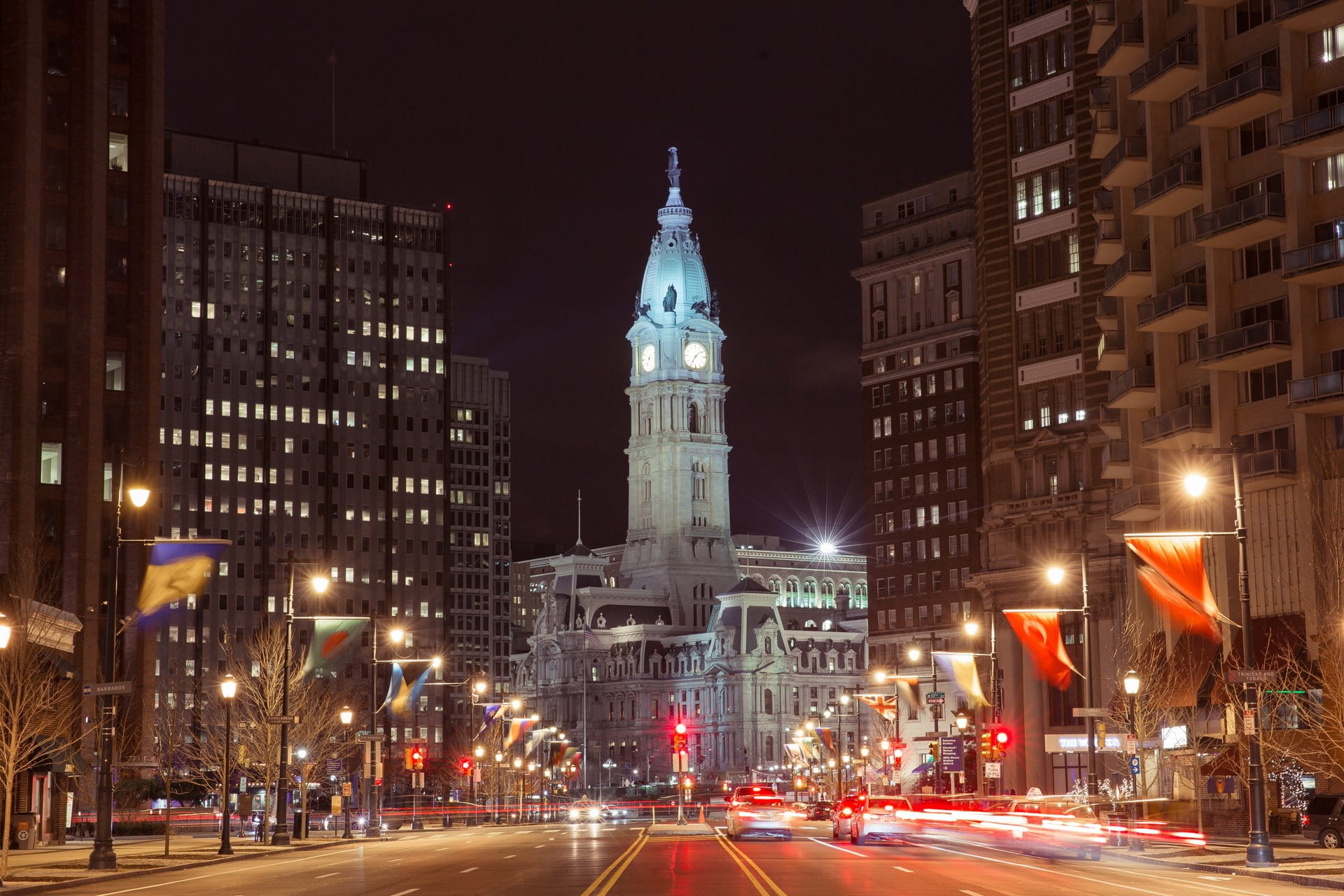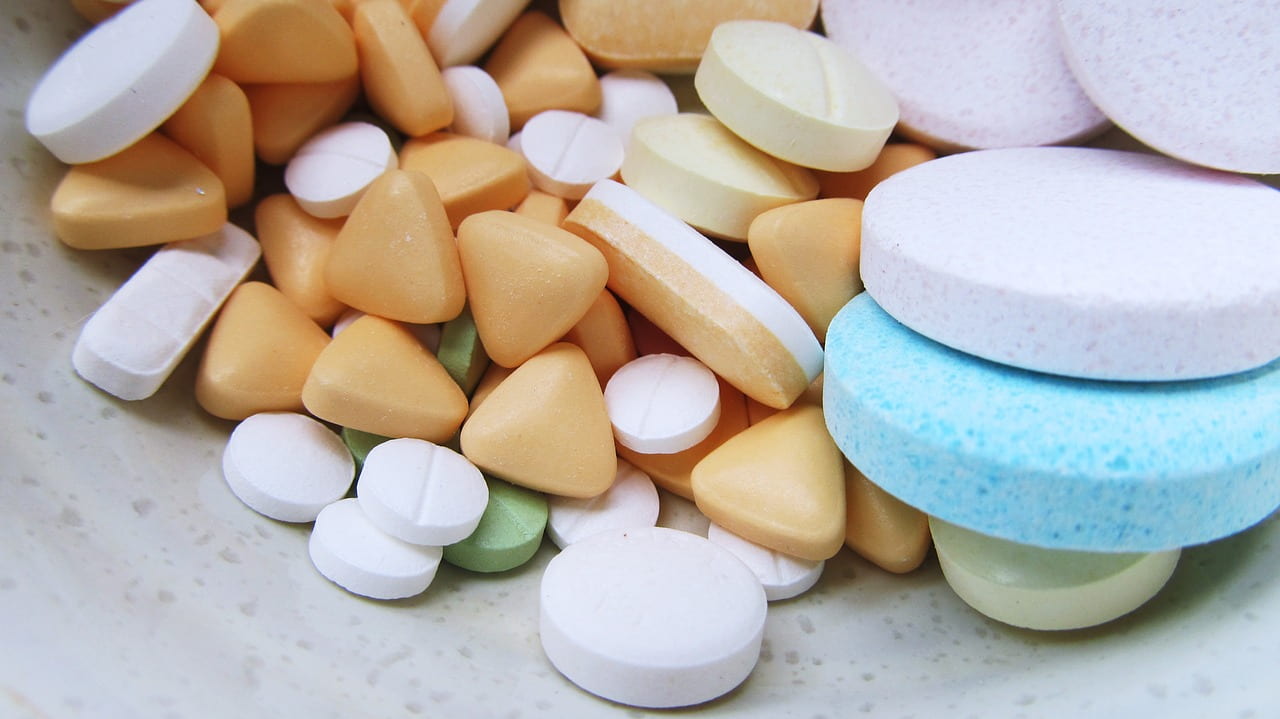By Cole Gordner
Over the last decade, recovery housing has proven to be an important tool in combatting the substance abuse crisis currently plaguing the United States. Recovery housing’s rise in popularity has brought new sources of funding, increased regulation, and greater efforts by the government to support its growth. This blog post briefly explores each of these areas with the goal of adding clarity regarding the funding, operation, and regulation of recovery houses. First, this post explains the role of recovery housing and explores the various avenues of funding available to the operators of such units through the federal and state governments, and via private foundations. It then explains the regulatory requirements that recovery houses must comply with if they accept federal funding or operate in Pennsylvania. Finally, this post will discuss some laws and initiatives currently being taken by the federal government and Pennsylvania to further promote the expansion and regulation of recovery housing.
Recovery houses are non-medical residences designed to support recovery from substance use disorders. They provide individuals struggling with addiction a safe space to form new and healthier social structures that reduce the possibility of relapsing into drug use. Recovery houses have proven themselves to be one of the most effective means of fighting addiction at the micro-level. Furthermore, they are cost-effective, as the reduction in illegal activity resulting from the success of these houses outweighs the costs of their funding. All of this has led to a proliferation of such houses throughout the nation in recent years. Along with this expansion has come a wider availability of funding for these homes, along with the federal and state governments taking a more active interest in their operation and regulation.
Limited funding for recovery houses is made available through a variety of both public and private sources. On the public side, the federal government and most states offer grants issued through an agency operating under departments of health. The federal government’s primary body for this is the Substance Abuse and Mental Health Services Administration (SAMHSA). Last year, SAMHSA issued millions of dollars’ worth of grants towards programs relating to recovery treatment and housing through their Access to Recovery (ATP) and Recovery Community Service Programs (RCSP). They have requested $89 million for FY2020 in order to continue funding these programs, along with grants for drug courts and other related services. The Secretary of Health and Human Services may also utilize Section 1115 of the Social Security Act to approve grants for “experimental, pilot, or demonstration projects that are found by the Secretary to be likely to assist in promoting the objectives of the Medicaid program,” which may include recovery housing services. Additionally, states may direct Medicaid funding to recovery services by exercising the Rehabilitation Services Option or applying for a waiver through Medicaid Section 1915(b).
Most states provide grants to operators of recovery housing similar to that of SAMHSA. For instance, Pennsylvania offers the Substance Abuse Prevention and Treatment Block Grant (SAPTB) through the Department of Drug and Alcohol Programs (DDAP). There are also a number of private foundations that offer to fund entities who are running recovery housing. The National Alliance for Recovery Residences (NARR) and the Robert Wood Johnson Foundation are two of the predominant organizations supporting recovery housing in the United States. In addition to grants, the NARR (who has affiliate organizations in nearly 30 states) offers insurance coverage to the operators of recovery houses.
As is always the case with the receipt of federal and state funding, recovery houses must comply with numerous regulatory requirements. Any recovery house that accepts federal funding must adhere to such laws as the Americans with Disabilities Act and the Fair Housing Act. Furthermore, operators of recovery housing must ensure that all in-house professionals and services rendered by these professionals comply with state regulations and that all local safety standards and ordinances are met.
Aside from funding, the federal government and Pennsylvania have been pursuing policies and enacting legislation that seek to promote access to recovery housing or regulate the operation of such housing. In 2018, President Trump signed the Substance Use-Disorder Prevention that Promotes Opioid Recovery and Treatment (SUPPORT) Act into law. This act mandates the Secretary of Health and Human Services, along with other qualified individuals, to facilitate the development of best practices for operating recovery homes. Just this year, the U.S. Dept. of Agriculture (USDA) and the U.S. Dept. of Housing and Urban Development (HUD) partnered up to expand recovery housing in rural areas, which have been heavily impacted by the opioid crisis but sometimes aren’t able to provide recovery services similar to more densely populated, urban areas. The USDA and HUD are now selling single-family residences that are no longer being used by the government at a reduced price to non-profit organizations who will convert them into recovery houses.
Recently in Pennsylvania, Governor Wolf signed SB 446 into law. This gave the DDAP the authority to license, certify, and regulate recovery houses within the state. From now on, any recovery home operating in Pennsylvania that either receives public funding or referrals from public institutions will have to acquire certification from the state and comply with their guidelines.
While the government has been taking some positive steps towards supporting and regulating recovery housing, there is still progress to be made. In 2018, the National Council for Behavioral Health released a policy paper focused on the development of recovery houses. In this document, they outlined a few initiatives that the government could pursue in order to increase the effectiveness of recovery houses and make them more uniform on a national scale. The federal government has begun work on creating a model of best practices through the SUPPORT legislation, which was one of the proposed initiatives. Moving forward, the National Council recommends that greater technical assistance should be offered by the government to recovery houses, and that the federal government should incentivize recovery housing operators to adhere to nationally recognized quality standards.
Bibliography:
https://www.samhsa.gov/sites/default/files/partnersforrecovery/docs/RSS_financing_report.pdf
https://narronline.org/supporters/partners-in-excellence-2/
https://narronline.org/wp-content/uploads/2014/06/Primer-on-Recovery-Residences-09-20-2012a.pdf
https://www.samhsa.gov/newsroom/press-announcements/201902151000
https://www.governor.pa.gov/newsroom/governor-wolf-signs-legislation-regulate-recovery-homes/
http://soberhouse.com/guide/how-is-recovery-housing-regulated/
https://www.medicaid.gov/medicaid/section-1115-demo/about-1115/index.html



